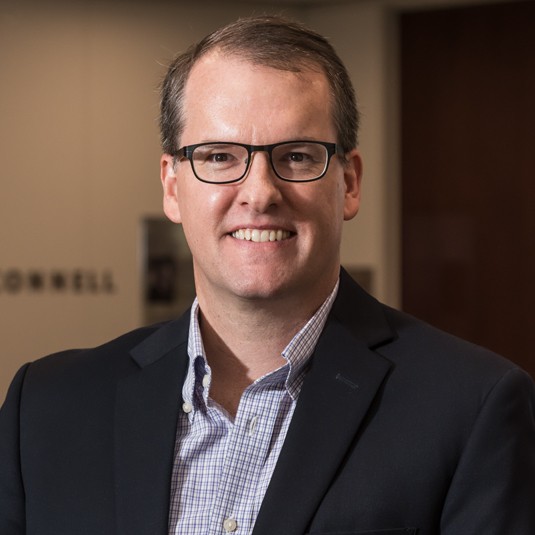You might be surprised to know that there are more than 6,000 identified rare diseases worldwide, affecting an estimated 300 million people. Rare diseases are typically chronic, life-threatening, and without cure. That’s why each year, on the last day of February, The European Organization for Rare Disorders (EURORDIS) and American partners, National Organization for Rare Diseases (NORD), promote Rare Disease Day. The goal is to raise awareness among the general public and decision-makers about rare diseases and their impact on the lives of patients and families.
CSON: Can you talk a little bit about what a rare disease is and who's most at risk?
Andrew Dwyer, Ph.D., RN, FNP-BC, FNAP: Rare diseases are characterized by low frequency and high complexity. They are predominantly genetic in cause, and the majority affect children. Most rare diseases don’t have effective treatment options or cures, and patients and families often struggle to find health care providers who are truly knowledgeable about their particular rare condition. Because of these limits, rare disease patients face significant health disparities. There’s no global definition of what makes a disease rare, but, in the U.S., it’s defined as a condition affecting fewer than 200,00 people. Rare diseases do not discriminate. They affect men and women, children and adults, and individuals of all races and ethnicities.
CSON: How did you become interested in working on rare diseases?
Dwyer: I became interested in rare diseases during my time at Massachusetts General Hospital. I was part of a research team that was investigating genes that cause rare disorders of growth and puberty. I have been working in rare diseases for 19 years now – providing clinical care, conducting research, and advocating for patients and families affected by rare diseases.
CSON: What are some things people may not know about rare diseases?
Dwyer: People often think that rare diseases are extraordinarily uncommon. But that’s not always the case. While rare diseases are individually infrequent, cumulatively they are not uncommon. In fact, rare diseases affect approximately 25 million Americans — roughly the population of the state of Texas. Patients often undergo a “diagnostic odyssey,” meaning they struggle to find expert care, are misdiagnosed and wait 5 years on average to be correctly diagnosed. As a result, patients become experts on their own condition and may know much more about their rare disease than their primary care provider. This is one reason rare diseases are often termed “orphan” diseases — because they are often neglected or forgotten.
“ Rare diseases affect approximately 25 million Americans — roughly the population of the state of Texas. ”
CSON: How is your work impacting rare diseases?
Dwyer: I have been fortunate to be part of interprofessional teams that have advanced approaches to diagnosis, treatment, genetic counseling, and advocacy for rare disease patients. Our discoveries have helped speed diagnosis for certain disease. We have also conducted one of the few randomized clinical trials in the field that has helped change the approach to treatment around the world. We have also established consensus guidelines for diagnosis and treatment as well as guidance for genetic counseling. But the accomplishment I am perhaps most proud of is in advocacy and co-creating solutions with patients to solve unmet health and informational needs. Helping give rare disease patients a “voice” has been the most rewarding part of my work.
CSON: How can people learn more about this topic or get involved?
Dwyer: I think there are two important, concrete things people can do for rare diseases. First, recognize that rare does not have to mean unfair. Second, vote. I would like people to recognize that while policies relating specifically to rare diseases are important, what’s equally vital is the awareness that policies that increase access to healthcare, such as the Affordable Care Act, must be protected to ensure equity for patients who face health disparities. Check out NORD and EURORDIS to learn about rare diseases.



